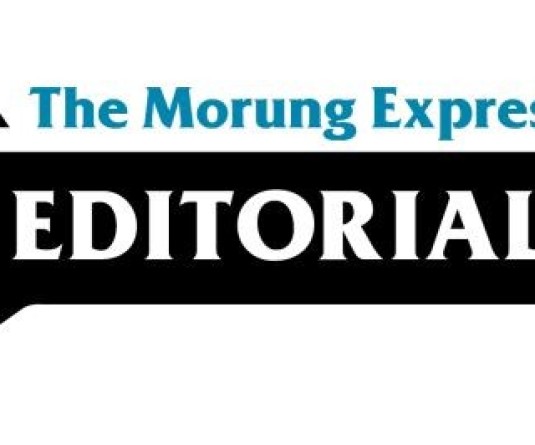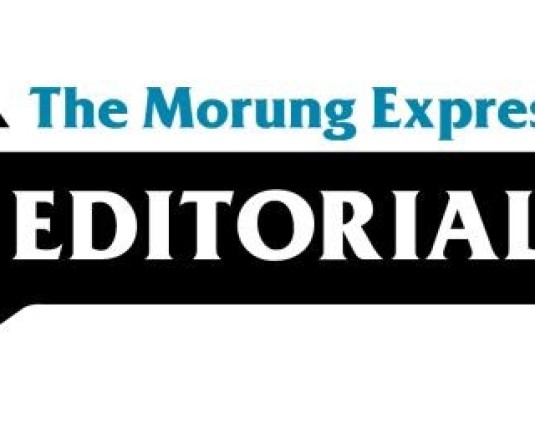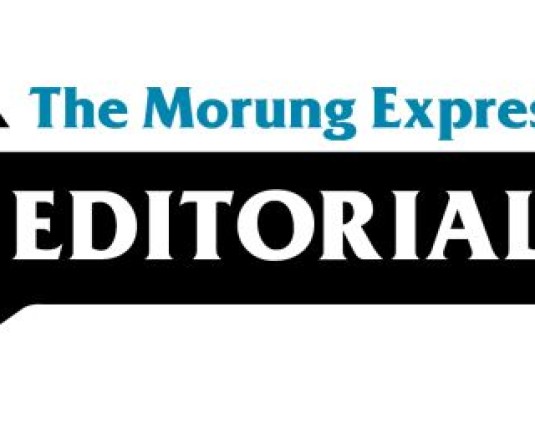
A recent editorial in a local daily focussing on the no peddling zone directive for cycle-rickshaw pullers in the commercial hub of Dimapur made some bold suggestions. One of them related to streamlining of the traffic system in and around Dimapur whereby motor vehicles should be put off limits in certain zones of the city and not so much the environment friendly rickshaws. What ever the arguments for giving the right of way (or not) either for a four, three or two wheeler machine, the problem would still remain unless off course those in authority give serious thought to the larger issue of planning and management in urban areas.
Foremost is the surfeit of infrastructural problems stemming from the grossly excessive size of most of the urban areas beyond their holding capacities. This has led to such overcrowding, lack of adequate housing, mushrooming of slums and settlements, lack of civic amenities with the resultant disease and squalor. Viewed from an environmental perspective, urbanization has taken a heavy toll (those frequenting NH-39 from Dimapur to Kohima will not miss it) with our surrounding green belts slowly being devoured by concrete jungles and potentially fatal level of air, water and noise pollution. Further the psycho-social malignancies arising from the pressures of living in a veritable survival of the fittest scenario, exacerbated by the loss of traditional social support systems, manifest today in the high crime rates, psychotic disorders and racial and social tensions.
Urban population in the State has gone up as per projections in official data. People living in rural areas constituted 82.3 percent of Nagaland’s population in 2001, as against 90 percent in 1971. This is an indication of the migration taking place from rural to urban areas. The question is do our urban hosts have adequate capacity to serve the new migrant growth. Two of the biggest urban centres Kohima and Dimapur today represent the image of overcrowding, haphazard traffic growth, growing pollution, filth, water shortage, and a general deterioration of basic civic amenities.
One key factor accentuating the rural-to-urban exodus is as a result of imbalance in terms of availability of amenities and employment opportunities in favour of the latter. And till today the inclination is on one or two such urban hub instead of diverting or encouraging other growth centres. During the decade 1991-2001, there was a decrease in the percentage of urban population in the towns of Mon, Mokokchung and Tuensang. This is indicative of migration from these towns to other towns, possibly for access to better amenities and economic opportunities.
One long term solution is on improvement of rural infrastructure such as piped water supply, schools, hospitals, electrical power supply, the neglect of which accentuates the urban exodus. As far as dealing with the problems in existing urban towns Municipal authorities have to keep pace with city growth both spatially or in terms of infrastructure management. Policy makers need to wake up or else the nuisance brought about by the process of urbanization will become insurmountable.






